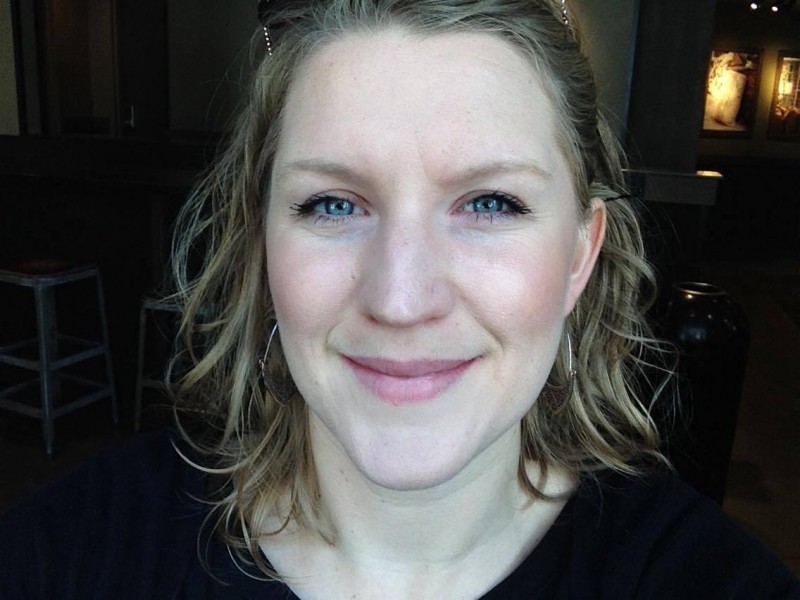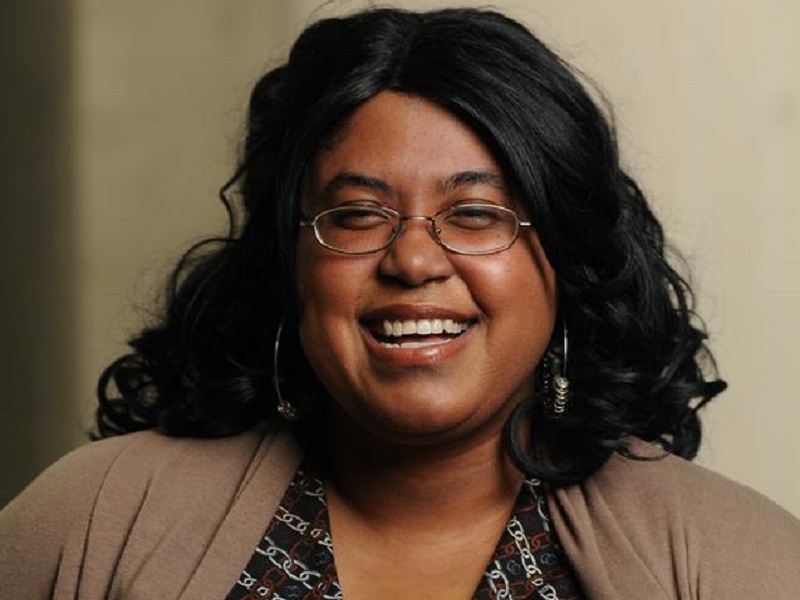
DISTRIBUTION OF DOCUMENTARY FILMS: 10 STEPS TO EFFECTIVE STRATEGY
When really putting effort to make a brilliant film, have you ever wondered if there is any sense doing it if nobody will watch it eventually? There are basic elements of the impact strategy that one should negotiate with the team stepwise, thus avoiding differing opinions, when a director and producer each has their own visions. So, without further ado...
Step 1. Audience
Who should watch your film? If you say, “I want everyone to watch it”, – then you upload it to YouTube free of charge. However, if you need money, then, perhaps, YouTube is not your cup of tea.
Step 2. Money
In case if you are still planning to fundraise, how much do you need and for what purpose? Possibly, you are raising it for some charity project.
Step 3. Content
What is your film about? What problematics does it focus on? If you work on your film for a long time, it might happen so that will end up with a quite different picture compared to the one that was initially envisioned. My advice is to watch your film from a fresh perspective. Note down the fundamental words that describe the essence of your project. Then show it to someone who did not work on that film and let that person do the same.
Step 4. Impact objectives
Are you calling on to do something? What should change upon the release of this film? Maybe you want to change people’s behaviour or their perception.
Step 5. Context
If your project were international, then it would be wise to check in advance the perception of problematics in question in the countries involved. There is a possibility that the reaction may be fundamentally contrary.
Step 6. Positioning
I know many filmmakers who claimed that their films were for everyone, they said their films were universal. Alas, there is no such film. There is always a target audience, hence, relevant marketing and positioning. Think of particular persons you would like to show your film to. Your target audience is not an abstract person. Imagine a specific individual: where he/she is studying, how old is this person, what he/she reads and what social media uses. Name this individual. It will give you the possibility to imagine how this individual will perceive your film, in fact, how he/she will learn about it.
Step 7. Promotion
As early as during the film’s production you may want to create a Facebook page that you would use to communicate about your project. Predominantly, everyone is doing this after a while, nevertheless, you should not leave it for the eleventh hour. Carefully look into which festivals you want your film to be shown at and how it can bring you to other platforms. Festivals are a great opportunity, however, do not submerge yourself into this festival whirl too much though. If you want your film to be watched by a vast audience, then you should demonstrate it beyond the festivals. You should have a clearly planned PR strategy and positioning in the social media. Take a creative approach in attracting journalists and PR specialists to your project. Do not focus on the film critics.
Together with Amnesty International, we have held a human rights violation campaign in Brazil before the World Football Championship. It was a story about the exploitation of workers during the stadium construction. We did not want this to be reported solely by journalists with a focus on human rights issues. We wanted to engage people who like sport and shall go to the championship, but are not aware of such human rights violations. For that reason, we decided to approach journalists from the UK sports periodicals, but rather than publishing a standard press release, we have invited them to the football tournament. There were 12 teams that played against each other. We have distributed our press kits after the game and thus made them aware of our campaign.
Step 8. Partners
These are people, organisations and brands that shall facilitate the delivery of your objectives, your access to the target audience. If you find partners, it will help with funding and publicity, spreading the word of your film. The impact will be even more powerful if there is a network of partners. If I were you, I would also keep an eye on big corporations if it makes sense for your project. Many directors do not favour the word “brand”, but it is often the case that brands are actually helping to access target audience.
Step 9. Performance assessment
You have to understand what you want to achieve. For instance, how many screenings or how much exposure to have. Simply note down a few numbers. Take a moment and think how you would measure the performance of your project. What is success and what is not? Successfulness does not mean box office receipts or audience numbers only. In order to obtain qualitative indicators we collect feedback from the viewers, i.e. whether they liked or disliked the screening, what could be improved, what was their understanding after the viewing. It could suggest what mistakes could be avoided next time.
Step 10. Timeframe
A good campaign will always have a clear and well-defined schedule with due consideration of the research stage, strategy development, search for partners, applications to funds and possible bureaucratic hurdles. You need time to find people and to build a team out of them.
----
Rebecca Ashdown has more than ten years of experience in the field of filmmaking and non-governmental organisations. She had collaborated with such organisations as British Film Institute, Amnesty International, BBC Media Action and International film festival in Toronto. She is a campaign manager for Together Films. She has broad experience in developing impact strategies and distribution campaigns for Planetary (international campaign), The Hunting Ground (UK campaign), No by Pablo Larraín (UK campaign) and Unrest (UK campaign). Rebecca holds MA in Arts in Applied Theatre specialising in the use of cultural art forms for social change in the context of communities and education.
We met with the expert at the Docudays UA international human rights documentary film festival.




